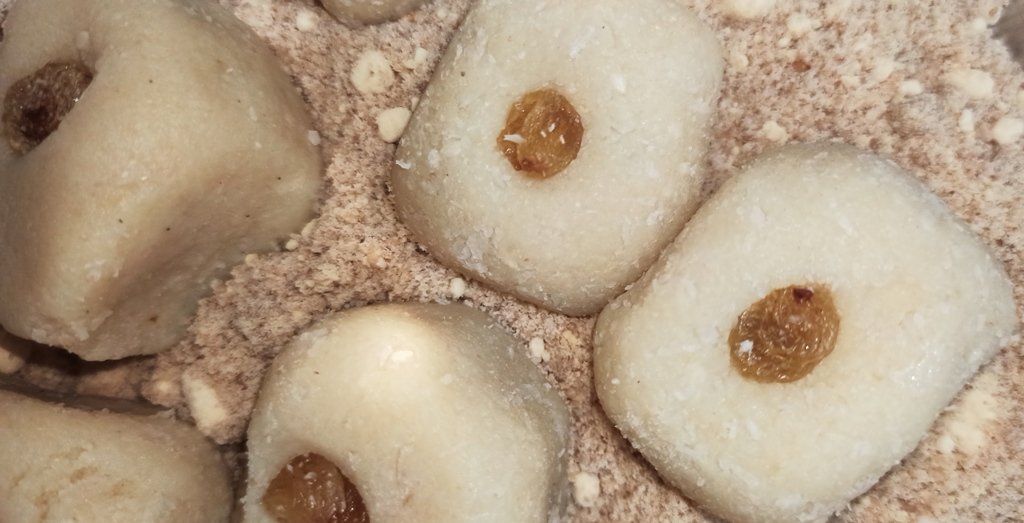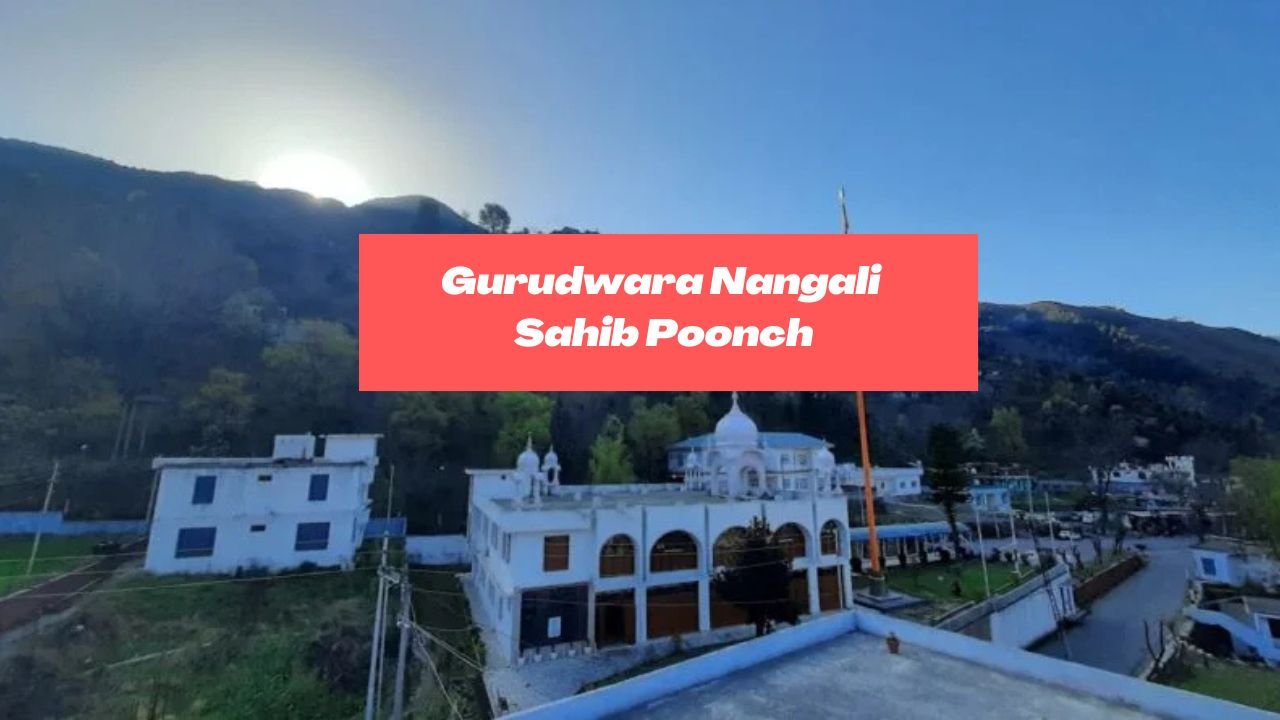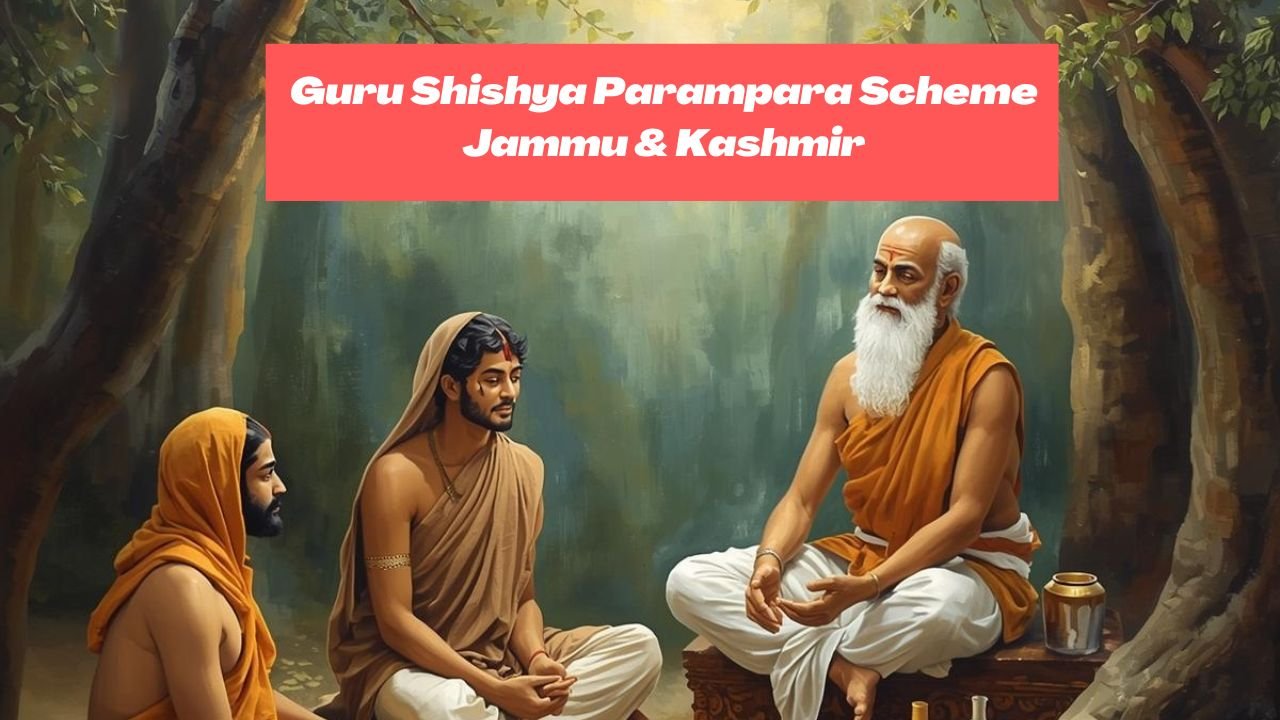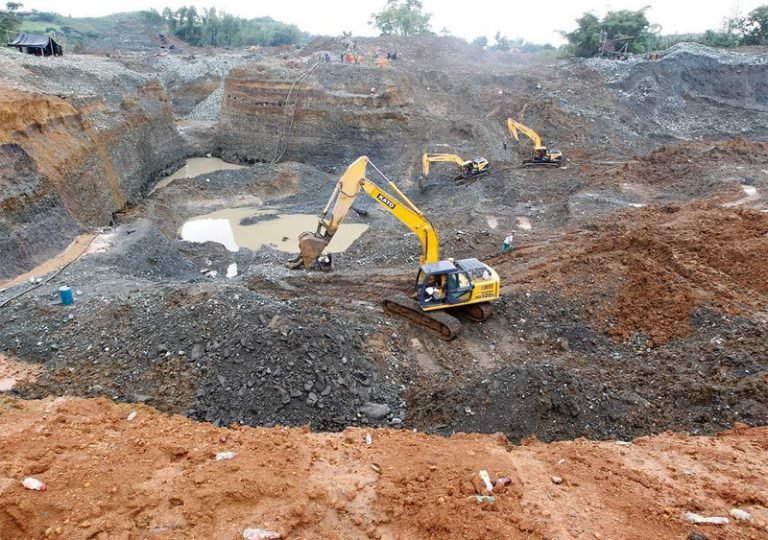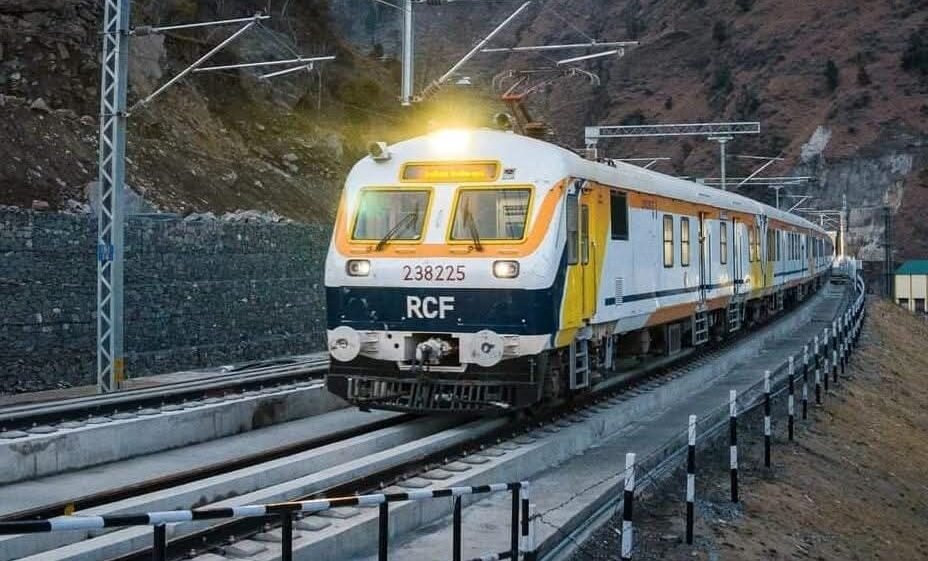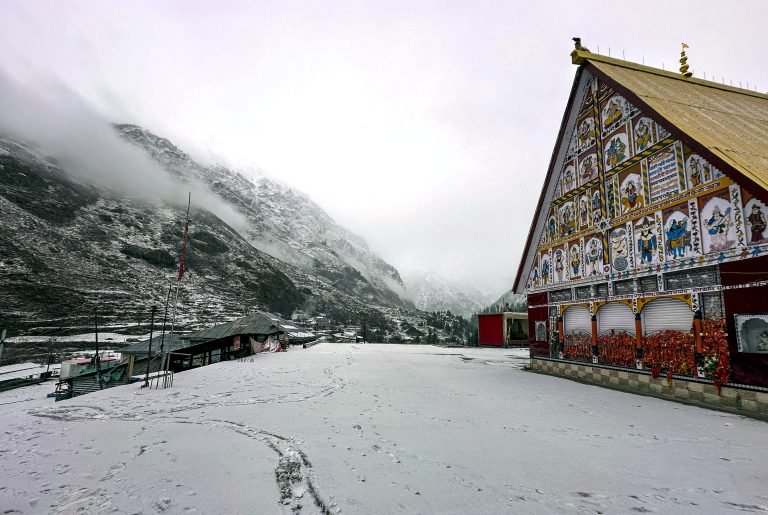Gulab Singh (King of Warrior Clan) Maharaja Gulab Singh was an illustrious king of Dogra dynasty. He was the descendant of Hindu warrior clan. He took martial art and horse-riding lessons from his grandfather Zorawar Singh which helped him to mature into a great soldier. Raja Gulab Singh’s experiences about fighting with the then Sikh rulers helped him to grow into a tough warrior. At a very young age of 16 years he was able to display his skillfulness while fighting against mighty Maharaja Ranjit Singh’s army. At the time when Jammu was invaded by Sikh rulers, Gulab Singh got the opportunity to work for Sardar Nihal Singh of Attari and the stories about the fighting abilities reached up to Maharaja Ranjit Singh who later invited him to join his army.

The loyalty demonstrated by Maharaja Gulab Singh helped him to become the King of Jammu. There are few facts which actually made him stand out from the crowd:
1.He was the founder of the Dogra dynasty and the first king of this princely state.
2. It was under the reign of Maharaja Gulab Singh that the boundaries of the state were demarcated and the state of Jammu and Kashmir was established.
3.Trade and commerce became safe under his rule as orders were restored.
4.The police and revenue administration was reorganised in the state.
Read also : You can’t be a proud Dogra if you don’t know about Mian Deedo
5.The concept of rationing was introduced in the city.
6.The shawl industry was given importance and it was reorganised. Besides that, relief was given to weavers and others to free them from serfdom.
7.The Dharmarth trust was founded by him with a motive to build temples in Jammu and Kashmir state.
8.The temple of Purmandal was also found by him. So, as they say“Weapons change, Warriors do not”,the other members of the family adopted the title until the accession of Dogra rule to India.
Maharaja Gulab Singh History
The first half of the 19th century was a period of significant political upheaval in the Indian subcontinent. It saw the decline of major powers like the Marathas, Gurkhas, and Mughals as they struggled against the growing dominance of the British. During this time, the Sikhs gained considerable power in Lahore, turning Punjab into a formidable stronghold. However, their rise was as rapid as their fall, and by 1846, the Sikhs were no longer the rulers of Punjab.
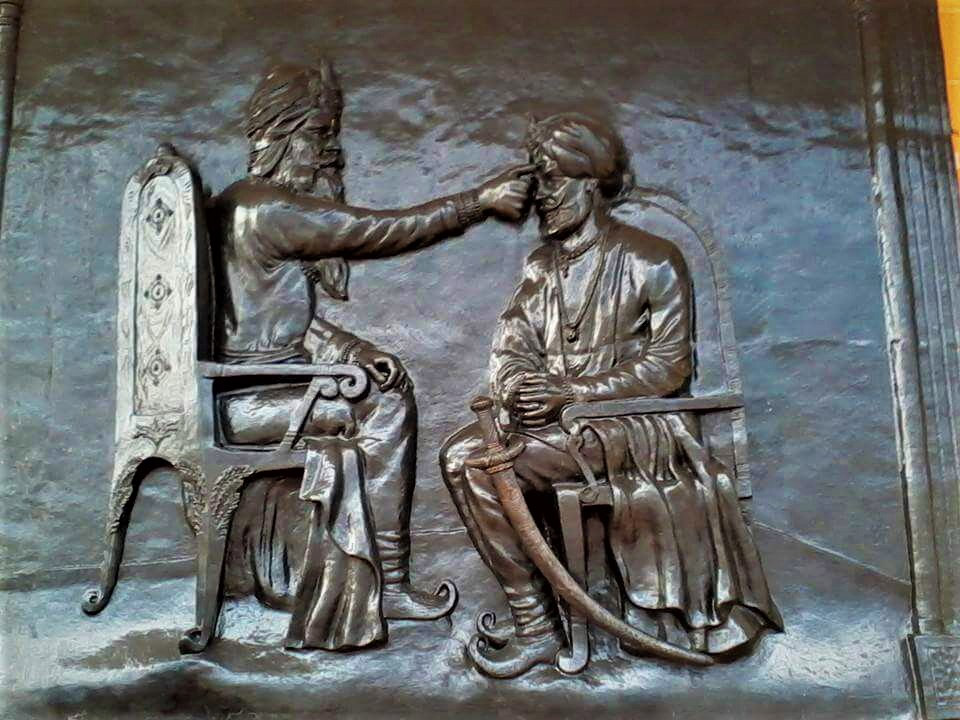
Dogra warrior emerged from Punjab
In the midst of this turmoil, a Dogra warrior emerged from Punjab who would go on to shape the destiny of the region—Maharaja Gulab Singh. He was the founder of the vast state of Jammu & Kashmir. Born in 1792 to Mian Kishore Singh, a Jagirdar of Anderwah, Gulab Singh joined the Sikh army and quickly rose to become the most trusted general of Maharaja Ranjit Singh. Recognizing his strategic brilliance, Maharaja Ranjit Singh coronated him as the ruler of Jammu on 17 June 1822 at Jeo Pota.This was not the end for the Maharaja, rather it was the beginning of another project for him which included the expansion of the boundaries of his state and devising mechanisms to wield the disparate territorial segments of his empire into one political entity. Later his efforts bore fruits and the state earned the title of Darul Aman.
Starting from Jammu
Starting from Jammu, Maharaja Gulab Singh rapidly expanded his empire. He conquered Ladakh in the 1830s, Gilgit-Baltistan in the 1840s, and Western Tibet in 1841. His empire spanned over 85,000 square miles, making it the largest in India at the time. His descendants ruled this vast territory for a century. His empire extended to the borders of Tibet, Nepal, China, Central Asian Republics, and nearly reached Afghanistan. Maharaja Gulab Singh was the only ruler who extended India’s boundaries up to the Karakoram and Central Asia. His son further extended the empire to Aksai Chin across the Karakoram range. This vast empire, surrounded by nearly half the world’s population, became a significant trade corridor.
Unlike other famous Indian rulers like Maharana Pratap and Shivaji Maratha, who are celebrated for defending their territories, Maharaja Gulab Singh is remarkable for expanding his empire’s boundaries outward, providing strategic depth to the rest of India. Unfortunately, his monumental achievements have not received the recognition they deserve, neither from the public nor from the intelligentsia. The legacy of the Dogra ruler and Dogra history remains largely unacknowledged.
Administration Under Maharaja Gulab Singh
Maharaja Gulab Singh was not an ordinary man. He was a descendant of the renowned Dogra clan, which ruled Jammu during the 18th century as the Mughal empire declined. His grandfather, Mian Zorawar Singh, was the son of Mian Surat Dev, the younger brother of Raja-e-Rajgan Ranjit Dev, who ruled Jammu and Sialkot from 1728 to 1780. Mian Mota, who was Wazir-e-Azam of Raja Jit Singh of Jammu, was his Taya (uncle). Gulab Singh was raised under his uncle’s care in the Mubarak Mandi Palaces, where he learned the skills of soldiery, diplomacy, and statesmanship.
Because of his heritage and abilities, Gulab Singh became the most trusted military commander and strategist of the Punjab Emperor. Until his death, the emperor never regretted depending on the Dogra General for all the military campaigns he undertook to expand the Sikh empire, reaching as far as Kabul and Kandahar.
Through his wisdom and diplomacy, Gulab Singh regained the lost Jammu Raj of his ancestors, which had become part of the Sikh empire in 1808. Once he secured Jammu, he began adding smaller principalities to Jammu Raj, similar to Sardar Patel’s efforts after India’s independence, eventually creating a vast empire. Thus, the political history of Jammu and Kashmir is essentially the biography of Maharaja Gulab Singh, a fact that has yet to be fully acknowledged.
Kashmir had been conquered by the Sikhs from the Afghans in 1819. After their defeat in the Anglo-Sikh War, the Sikhs ceded Kashmir to the British in exchange for war indemnity. In 1846, as a reward for his neutrality in the first Anglo-Sikh War, Raja Gulab Singh was granted full control over Kashmir. British Governor Henry Hardinge was reluctant to extend British direct rule into what was then an exposed area, so he immediately transferred it to the ruler of Jammu through the Treaty of Amritsar on 16 March 1846, for a sum of Rs. 75 lakh.

The state of Jammu & Kashmir, thus assembled, was a completely new political entity in the broad sweep of Indian history. It was also of considerable complexity. The original heartland of Jammu was predominantly Hindu, Kashmir was overwhelmingly Muslim with a small but influential Pandit community, Ladakh had a Buddhist majority, and Gilgit-Baltistan was predominantly Shia Muslim. These regions were remarkably diverse in terms of geography, religion, culture, and language.
Maharaja Gulab Singh understood the importance of finances, which mainly flowed from the Pashmina trade. This trade was carried out along the vast Silk Route, stretching from Lhasa to Europe. He realized that controlling the Himalayan kingdoms would give him a monopoly over the Lhasa-Kashmir and Lhasa-Gilgit trade routes. Leh town became the nerve center of the flourishing Pashmina trade from Lhasa, Sinkiang, and Kashmir. Pashmina, the raw material for Kashmir’s rich shawl industry, came from the undercoat wool of Northwestern Tibet. To finance his ambitions, Maharaja Gulab Singh undertook strategic campaigns across the snow-bound Himalayas, eventually controlling the entire Silk Route passing through his empire. His vision and efforts made the Dogra Empire wealthy, enabling further campaigns and conquests.
With India’s independence, the dismantling of Maharaja Gulab Singh’s empire began. The initial phase occurred when the strategic region of Gilgit-Baltistan was secretly handed over to Pakistan through a British-engineered coup by the Gilgit Scouts. What followed remains a mystery. Historians have yet to explain why the Indian army, which marched from Srinagar, crossed Zojila, and reached Kargil, chose to advance eastwards to Leh instead of turning towards the Kargil-Skardu road, where the state forces had held out until 15 August 1948.
The final phase began on 5 August 2019, when the princely state was split into two Union Territories. With this division, the glorious achievements of the Dogra Dynasty have started to fade from public memory. It is essential to recognize that if not for the conquests of Maharaja Gulab Singh in the north, during the time of partition, the Indo-Pak and Sino-Indian borders would have been settled along the River Ravi, leaving India in a precarious position.
Maharaja Gulab Singh’s contributions to Kashmir’s strong economy, based on tourism, cottage industries, and flourishing trade, remain one of his lasting gifts to the region. However, instead of honoring the illustrious founder of Jammu & Kashmir and celebrating the state’s structure and pluralism, various state governments have largely overlooked these achievements.
The neglected history of Jammu & Kashmir deserves attention, and it is time to give Maharaja Gulab Singh the recognition he rightly deserves.




